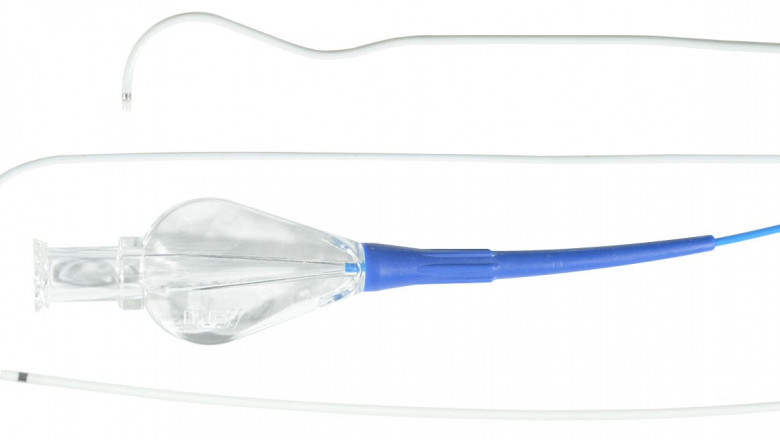views
Micro guide catheters are specialized types of guide catheters used in interventional radiology and cardiology procedures. They feature very small diameters and tip sizes that allow for enhanced maneuverability and access to delicate vessels. This precise guiding ability makes micro catheters well-suited for complex, minimally invasive treatments.
Key Features and Design
Compared to standard guide catheters, they have an outer diameter ranging from 2 to 3 French (0.67-1 mm) rather than the more common 5-8 French sizes. Their very small, flexible tips may be tapered or shaped for improved tracking. Reinforced construction materials like braided polymer or coated tubing provide needed support without compromising flexibility.
Many also have radiopaque markers at the tip for enhanced visualization under fluoroscopy. Additional features like graduated sizing and compatible micro-tools or micro-wires help facilitate navigation to target vessels as small as 1-2 mm in diameter. Their streamlined design allows for placement within the confines of vascular tortuosity or narrow arterial access points.
Using Micro Guide Catheters
Micro Guide Catheters are usually introduced over a micro-wire or support catheter placed in an artery anatomically close to the target vessel. Under fluoroscopic guidance, the physician gently maneuvers the extremely flexible tip through vessel turns as it is tracked along the wire.
Patience and delicate technique are required due to the small scale, but the micro guide catheter's support allows for placement past challenging anatomy. Once in position, it serves as a conduit for the introduction of even smaller micro-devices like balloons, stents, coils or thrombectomy systems.
Areas of Clinical Application
Neuroendovascular Procedures
Among the most common applications is the use of it in treating cerebrovascular conditions. Their small size makes precise access and navigation within the intracranial vasculature possible for treating cerebral aneurysms, arteriovenous malformations, and strokes.
Peripheral Vascular Disease
For peripheral artery disease, micro guide catheters can be directed through blockages in leg arteries to deliver balloon angioplasty, atherectomy, or drug-coated balloons and stents to smaller vessels. They are also useful for treating renal and mesenteric arterial issues.
Cardiovascular Interventions
In cardiology, they are well-suited for treating complex coronary artery disease, including chronic total occlusions. Pediatric cardiology also utilizes them for congenital heart procedures requiring access to smaller post-operative anatomy.
Potential Advantages Over Standard Size
Safer Navigation
The delicate tip and support of micro guide catheters allow for tracking through vessels at risk of damage from standard devices. This reduced manipulation trauma may translate to better patient outcomes.
Greater Reach
Their diminutive scale permits access to distal lesions not otherwise treatable due to vessel size constraints prohibiting conventional guide catheter placement.
Customized Approach
Graduated sizing options mean the optimal micro guide can be chosen to match individual vascular anatomy rather than only approxiamting vessel dimensions. This enhances precision and control.
Lessened Dissection Risk
Maneuvering micro guide catheters requires less force than standard devices, minimizing effects on fragile or calcified plaque that could dislodge emboli or even cause vessel wall injury.
While lacking the supportive profile of bulkier alternatives, they offer a customized solution in endovascular situations requiring the utmost gentleness and targeting ability during delivery of interventional therapies. As applications continue expanding, their role in minimally invasive vascular medicine grows increasingly vital. With judicious usage guided by specialized training, they provide a valuable option for addressing complex disease states.
For better understanding, choose preferred language-
About Author-
Vaagisha brings over three years of expertise as a content editor in the market research domain. Originally a creative writer, she discovered her passion for editing, combining her flair for writing with a meticulous eye for detail. Her ability to craft and refine compelling content makes her an invaluable asset in delivering polished and engaging write-ups.
(LinkedIn: https://www.linkedin.com/in/vaagisha-singh-8080b91)






















Comments
0 comment